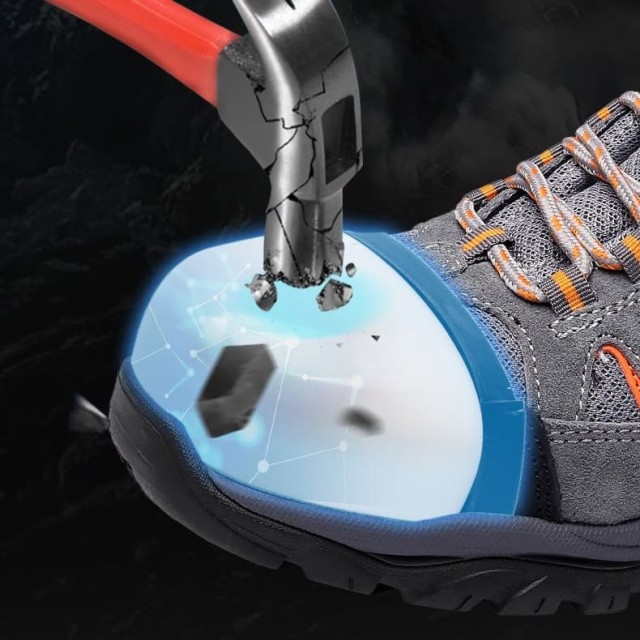Workplace hazards like sharp objects or machinery blades demand footwear engineered to mitigate cutting risks. Modern safety boots achieve this through specialized materials, rigorous testing standards, and layered protective designs. Let’s examine how these elements combine to shield workers from severe injuries.
How Safety Boots Mitigate Cutting Hazards
Safety boots transform passive footwear into active protective gear by integrating cutting-resistant materials and structural reinforcements.
Key Protective Features Against Cutting Risks
-
Material Science:
- Kevlar Liners: Lightweight yet stronger than steel by weight, these fibers disperse cutting force across a wider area.
- Metal/Composite Toe Caps: Reinforced caps deflect direct impacts from blades or falling objects.
- Multi-Layer Uppers: Dense leather or synthetic fabrics with tight weaves resist penetration.
-
Design Innovations:
- Puncture-Resistant Midsoles: Prevent sharp objects from reaching the footbed.
- Ankle Collars: High-cut designs protect vulnerable tendons from lateral cuts.
Research shows that boots combining these features reduce laceration injuries by over 70% in high-risk industries like construction and manufacturing.
Industry Standards for Cutting Hazard Resistance
Compliance with ASTM 2413 and EN ISO 20345 ensures boots meet baseline safety thresholds. These standards evaluate:
- Blade Resistance: Simulated tests measure force required to penetrate materials.
- Impact Protection: Toe caps must withstand impacts equivalent to a 50-pound object dropped from 1 meter.
- Puncture Resistance: Soles are tested against nails or sharp debris under controlled pressure.
For example, ASTM-certified boots undergo 15+ separate tests, including repeated flexing to simulate long-term wear.
Case Studies: When Safety Boots Prevented Severe Injuries
- Construction Site Incident: A worker’s Kevlar-lined boot stopped a circular saw blade mid-rotation, preventing tendon damage.
- Manufacturing Near-Miss: A composite toe cap deflected a falling metal sheet, sparing the wearer from crushed toes.
Such examples underscore how engineered boots convert potential tragedies into minor incidents.
Selecting the Right Safety Boots for Your Industry
Match boots to your hazard profile:
| Industry | Priority Features | Example Use Case |
|---|---|---|
| Construction | Metal toes, puncture-resistant soles | Walking on rebar-filled sites |
| Logging | Chain-resistant uppers, ankle support | Operating chainsaws |
| Warehousing | Lightweight composites, slip resistance | Handling box cutters |
Pro Tip: Replace boots every 12–18 months; material degradation reduces protection.
Ready to Upgrade Your Safety Footwear?
3515 partners with distributors and bulk buyers to deliver ASTM/ISO-certified boots tailored to your industry’s risks. Our expertise ensures your teams get engineered protection without compromising mobility. [Contact 3515] to discuss custom solutions.
Because every step should be a safe one.
Related Products
- Wholesale Customizable Suede Safety Boots - Puncture-Proof with Velcro Closure
- Durable Mid-Cut Tactical Boots for Wholesale & Private Label
- Safety Footwear Wholesale Manufacturer for Custom OEM/ODM Production
- Wholesale Safety Footwear Manufacturer for Bulk & Custom OEM Orders
- Athletic Safety Shoes with Dial Closure & Steel Toe for Wholesale & Custom Manufacturing
Related Articles
- How to Choose Work Boots That Match Your Industry's Safety Needs
- How to Choose Work Boots That Balance Safety, Comfort, and Durability for Your Job
- Steel Toe Work Boots: Balancing Safety and Comfort for Demanding Jobs
- Matching Men’s Work Shoe Safety Technologies to Workplace Hazards
- How Safety Work Boots Engineer Protection: Features and Standards for Targeted Hazard Mitigation



















